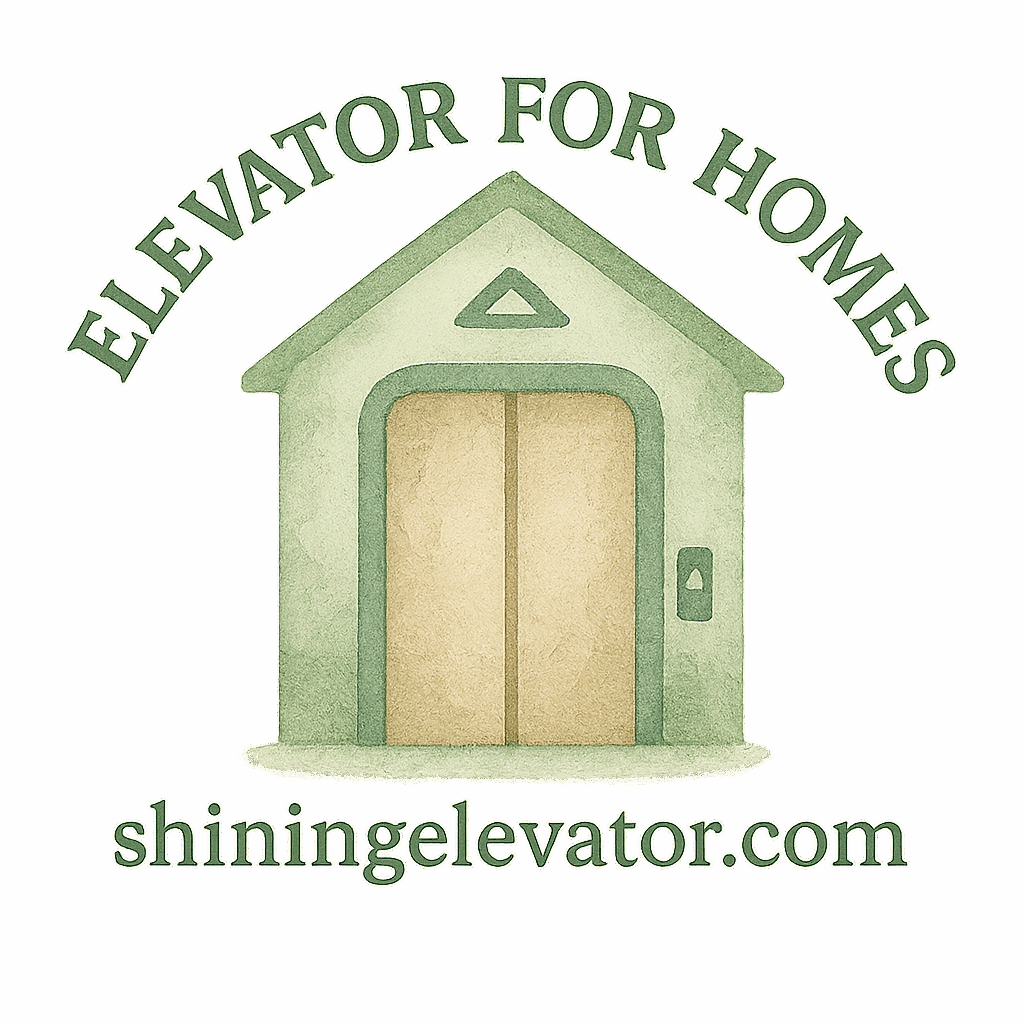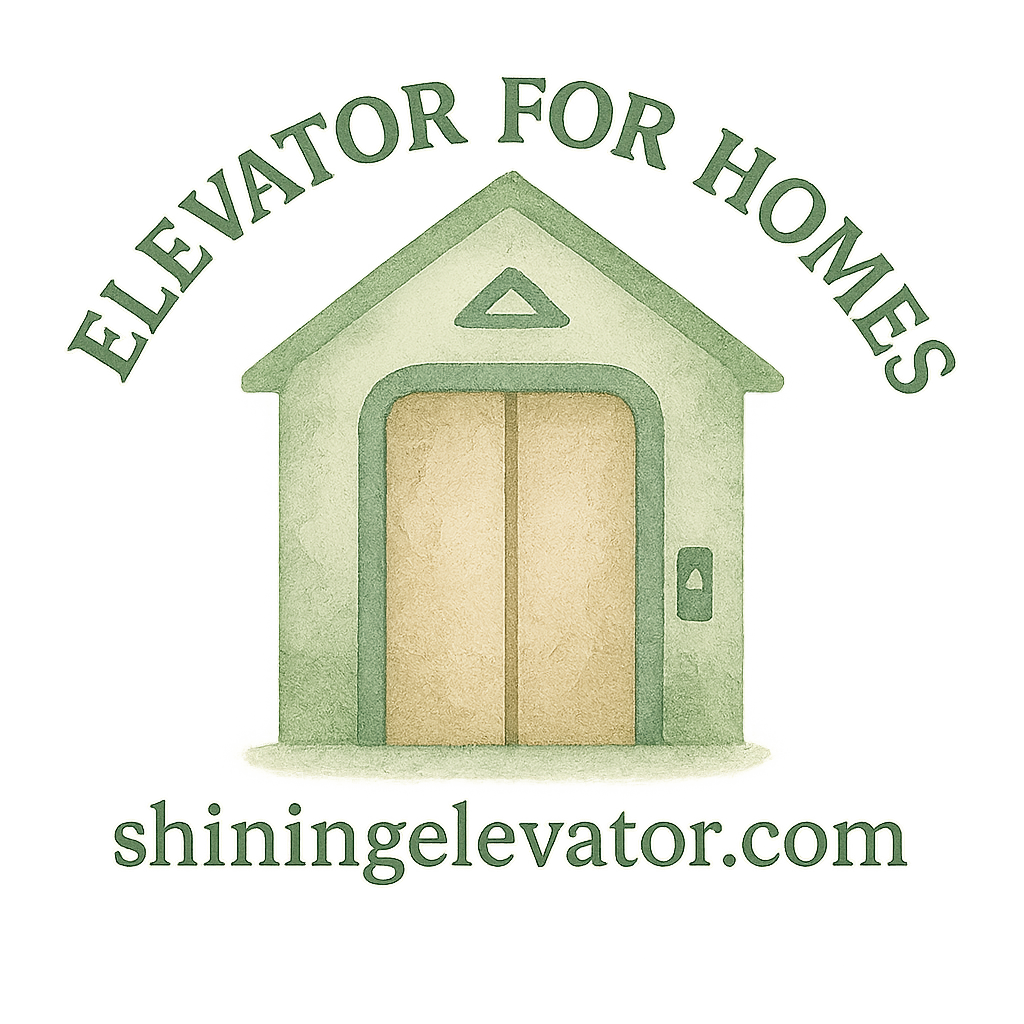In today’s world of smart homes and innovative living, residential elevators are no longer a luxury—they’re a necessity for many, especially for the elderly, disabled, or those planning to age in place. But with this convenience comes a crucial responsibility: safety.
Let’s dive deep into the top 10 elevator safety features every home should have, especially if you’re considering installation, upgrading, or just want peace of mind.
Why Elevator Safety at Home Matters
Sure, home elevators make life easier. But without the right safety features, they can also pose serious risks—especially in homes with kids, seniors, or pets. That’s why safety and accessibility should be your top priority when planning your home elevator system.
Whether it’s protecting your family or boosting your home’s value, getting these safety features right is worth every penny.
Overview of Modern Home Elevator Systems
Before we dive into safety features, it’s good to know what’s available. From compact elevators for small homes to luxury designs, today’s systems are more customizable and safer than ever.
Explore all the elevator types and features available today to find what best suits your home.
1. Emergency Alarm System
Importance of Audible Alerts
Imagine getting stuck in your elevator—scary, right? An emergency alarm button lets riders quickly signal for help. It should be loud and easily accessible, even for children or elderly passengers.
Integration with Smart Home Systems
Modern alarms can integrate with your home’s smart system—sending alerts straight to your phone. That’s high-tech safety at its finest.
2. Automatic Braking System
Preventing Free Falls in Residential Elevators
This system is a must. It automatically engages the brakes if the elevator moves too fast or there’s a mechanical failure. It’s like a seatbelt for your elevator.
Role in Aging-in-Place Homes
If your goal is aging in place, this feature becomes even more vital. Seniors need that extra layer of protection.
3. Door Interlock Mechanism
Keeping Entrances Secure
Doors should only open when the elevator is safely at floor level. A door interlock system ensures this, preventing accidents due to misalignment.
Best Practices for Families with Children
If you have young kids, this feature keeps curious hands and feet from getting into dangerous spaces. Combine this with childproof buttons for even more protection.

4. Backup Power Supply
Operating During Power Outages
Ever been in an elevator during a blackout? Not fun. A backup battery or generator keeps your lift working during outages, ensuring a smooth and safe ride down.
Vital for Senior Safety and Accessibility
Especially for homes with seniors or mobility-impaired residents, a backup power system isn’t optional—it’s essential.
5. Overload Sensors
Ensuring Safe Weight Capacity
These sensors detect if the elevator is over its weight limit and prevent it from moving until the load is reduced. This reduces the risk of breakdowns or accidents.
Elevator Types and Load Balancing
Different elevator types have different load capacities. Make sure yours matches your household’s needs.
6. Safety Edge Doors
Reducing Accidents with Smart Detection
Safety edge doors have sensors that detect if something—or someone—is in the doorway. They’ll stop the doors from closing on you, your pet, or your groceries.
Design and Customization Options
Not only functional, these doors can be customized for a luxury look or blended seamlessly with your interior design.
7. Emergency Phone or Intercom
Fast Response in Isolated Situations
In case of emergency, having a two-way communication device allows passengers to reach out to emergency services or family members.
Connectivity with Elevator Providers
Some systems even connect directly with your elevator provider or maintenance service for instant troubleshooting.
8. Speed Governors
Regulating Elevator Speed in Small Homes
Speed governors prevent the elevator from exceeding safe speeds. Especially in small home elevators, controlling speed is critical for safety and comfort.
Compact Elevator Options and Safety
Looking at compact elevators? Check they come with this built-in feature for extra peace of mind.
9. Anti-slip Flooring and Handrails
Enhancing Interior Safety Design
These features aren’t just cosmetic. Non-slip floors and sturdy handrails help prevent slips, trips, and falls inside the cabin.
Tips for Residential Lift Interiors
Add contrast colors to the edges of steps or install low-level lighting for nighttime use—small tweaks can make a big difference.
10. Regular Maintenance Alerts and Diagnostics
Role of Smart Maintenance Systems
Elevators with built-in diagnostics can send alerts when something needs attention. That means fewer surprises and fewer emergencies.
Budgeting for Long-Term Elevator Health
Use these tools to help with maintenance budgeting and stay ahead of costly repairs. Check out our budgeting guide for more tips.
Planning Ahead: Designing for Safety
Home Preparation and Installation Process
Start your elevator journey with solid planning. Consider home structure, load-bearing points, and installation rates. Use our installation guide for help.
Finding Trusted Elevator Companies
Work with experienced elevator companies who understand your safety needs, especially if your focus is on home accessibility or residential elevators.
Conclusion
When it comes to home elevator safety, there’s no such thing as too careful. These 10 features can protect your loved ones, boost your home’s value, and make life a whole lot more comfortable.
And remember—safe elevators start with smart planning, quality installation, and regular maintenance. For everything you need to know about choosing, customizing, and maintaining your elevator, visit Shining Elevator.
FAQs
1. What’s the most important home elevator safety feature?
The emergency braking system is arguably the most critical—it prevents free fall during mechanical failure.
2. Are home elevators safe for kids?
Yes, especially if they have door interlocks, safety edges, and childproof controls.
3. Can I install an elevator in a small home?
Absolutely! Check out compact elevator solutions designed for limited space.
4. How often should a home elevator be serviced?
At least once a year, or more often if it’s used daily. Use our maintenance guide to plan.
5. Is backup power a requirement for home elevators?
It’s highly recommended, especially if you live in areas prone to outages or have elderly family members.
6. Do elevators come with customization options?
Yes! From flooring to interior design, explore all customization options.
7. What’s the average cost of installing a home elevator?
It varies, but you can explore estimates and budgeting tips here.


